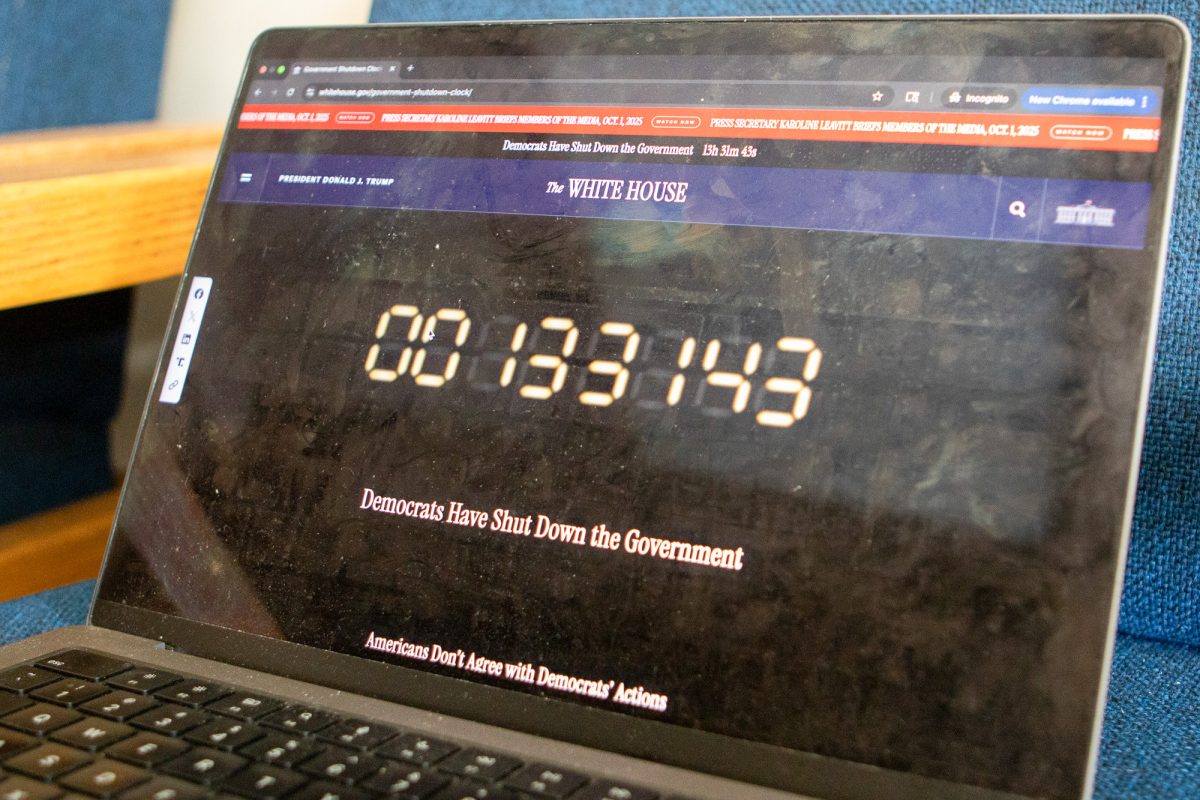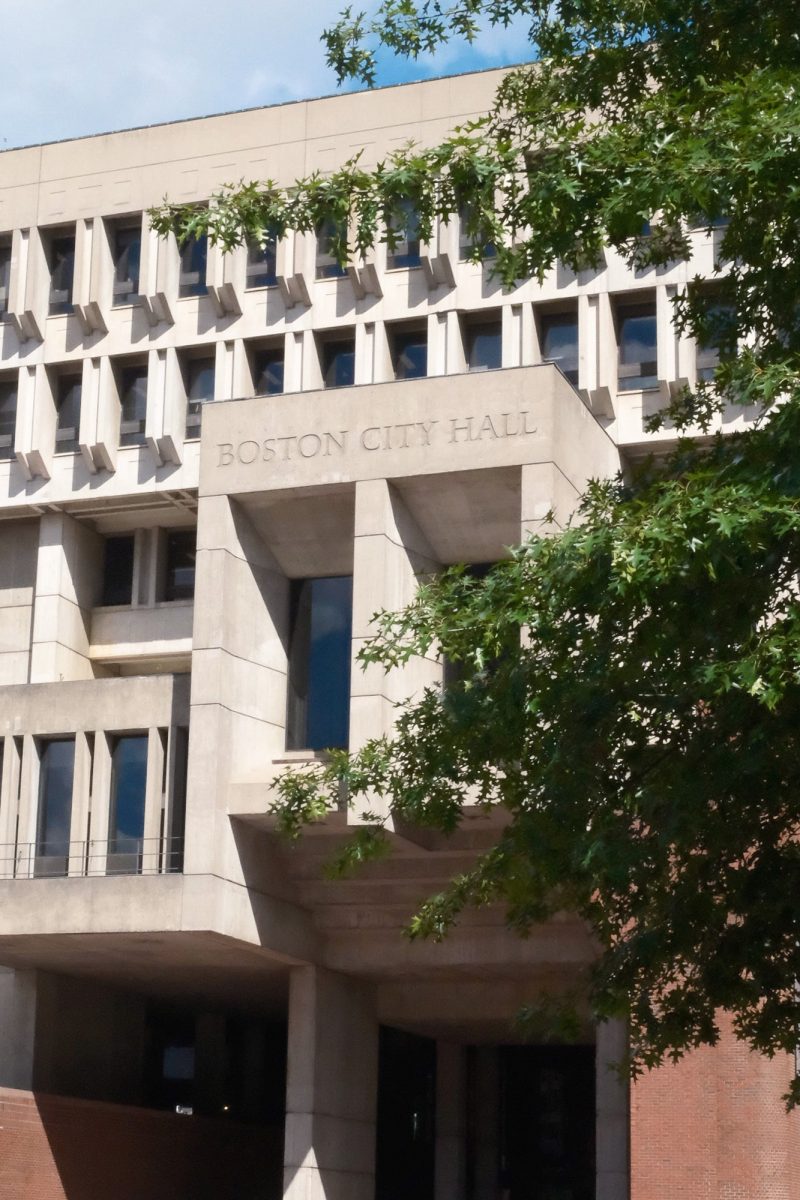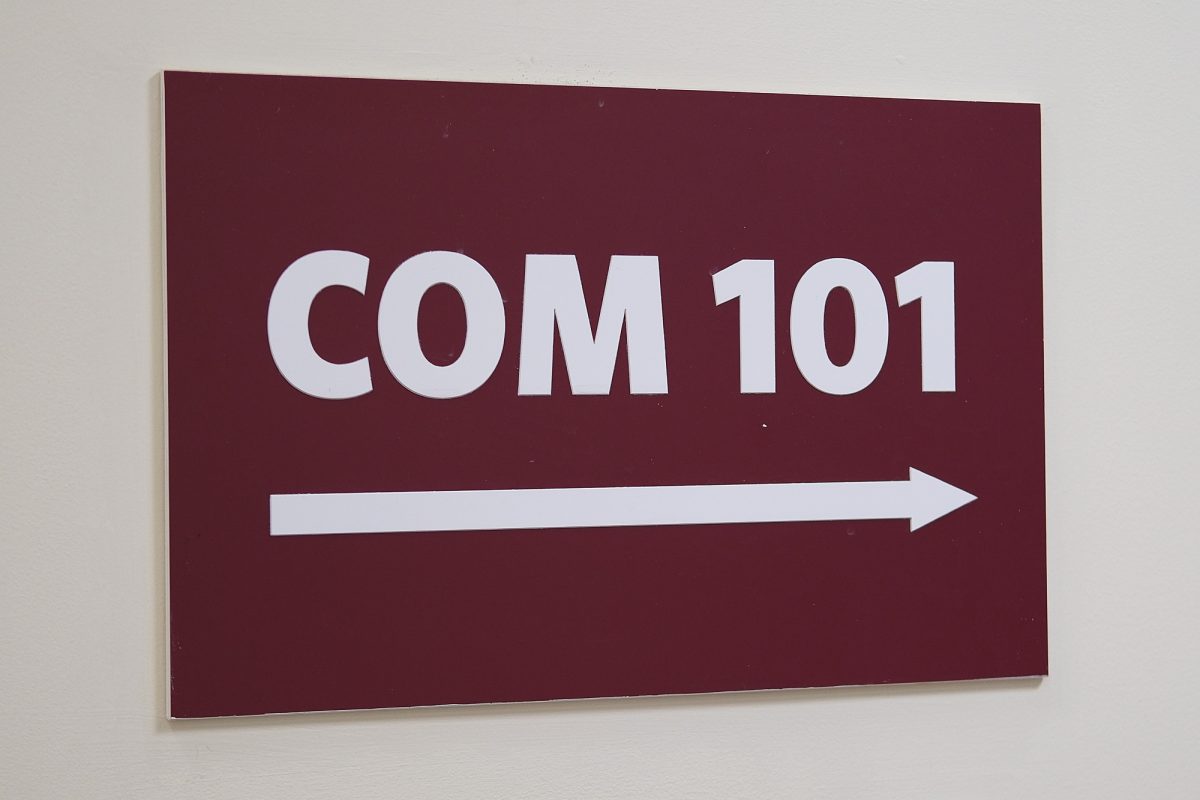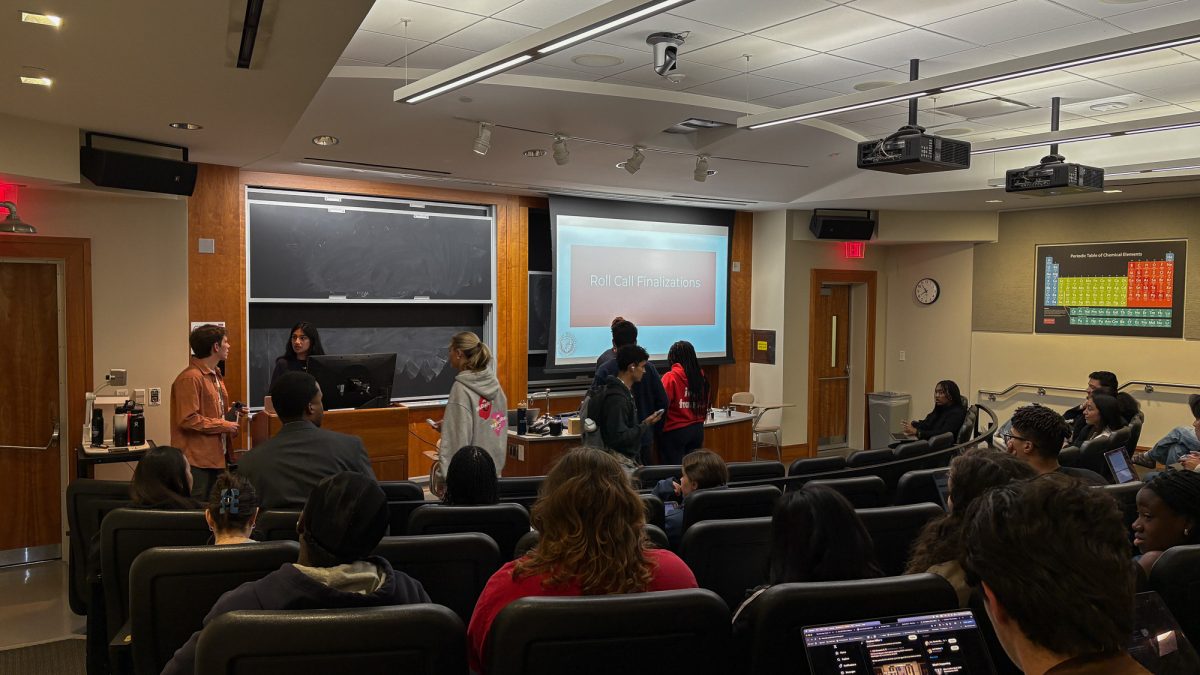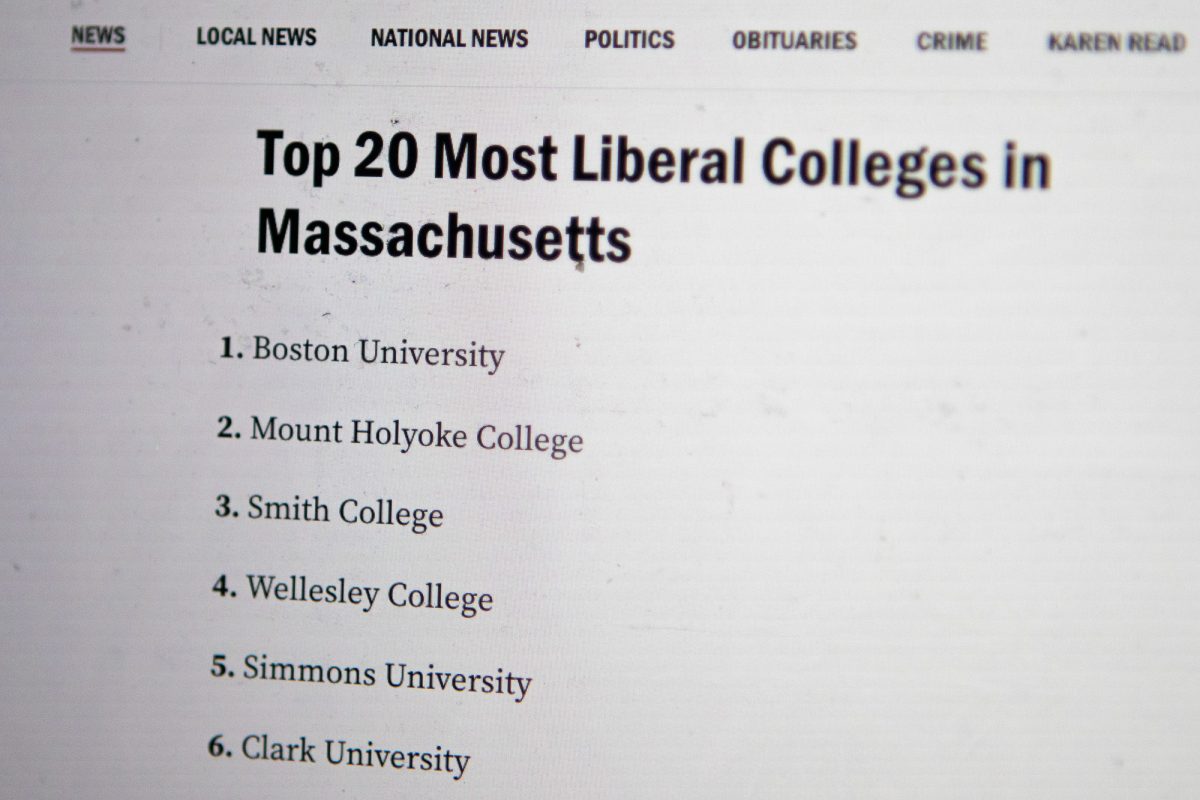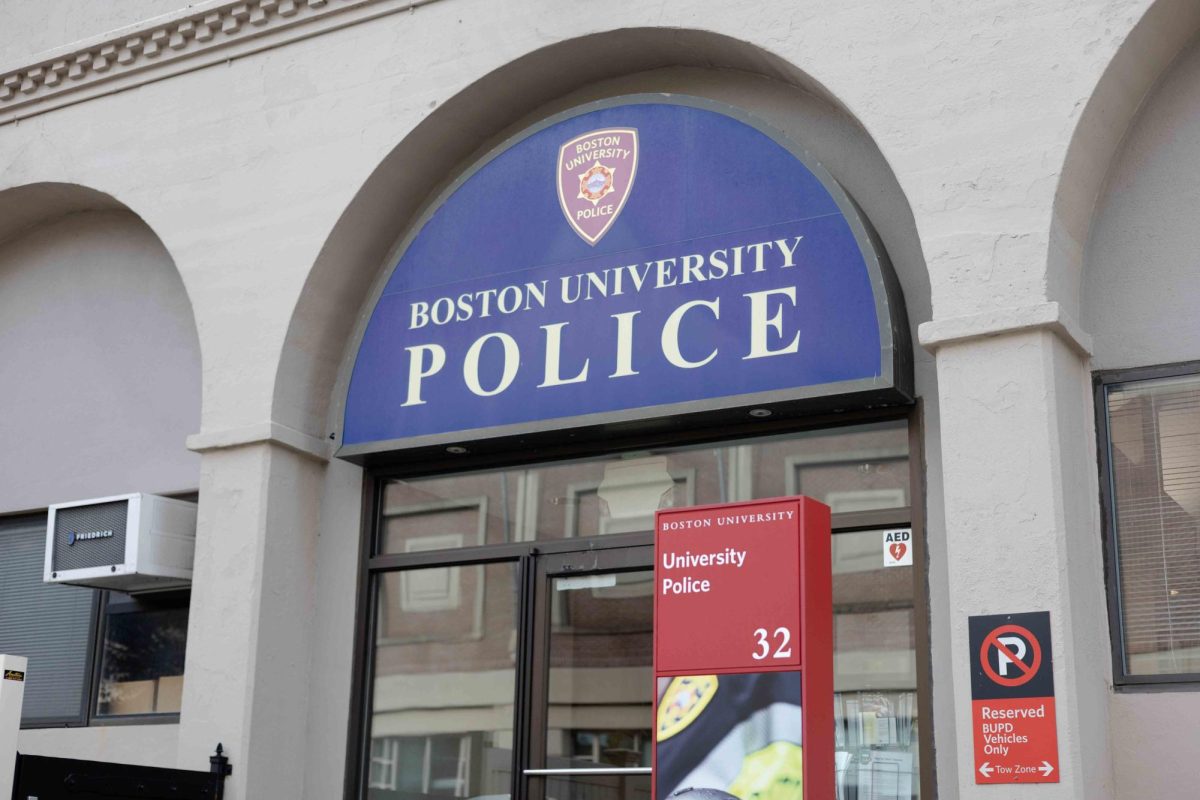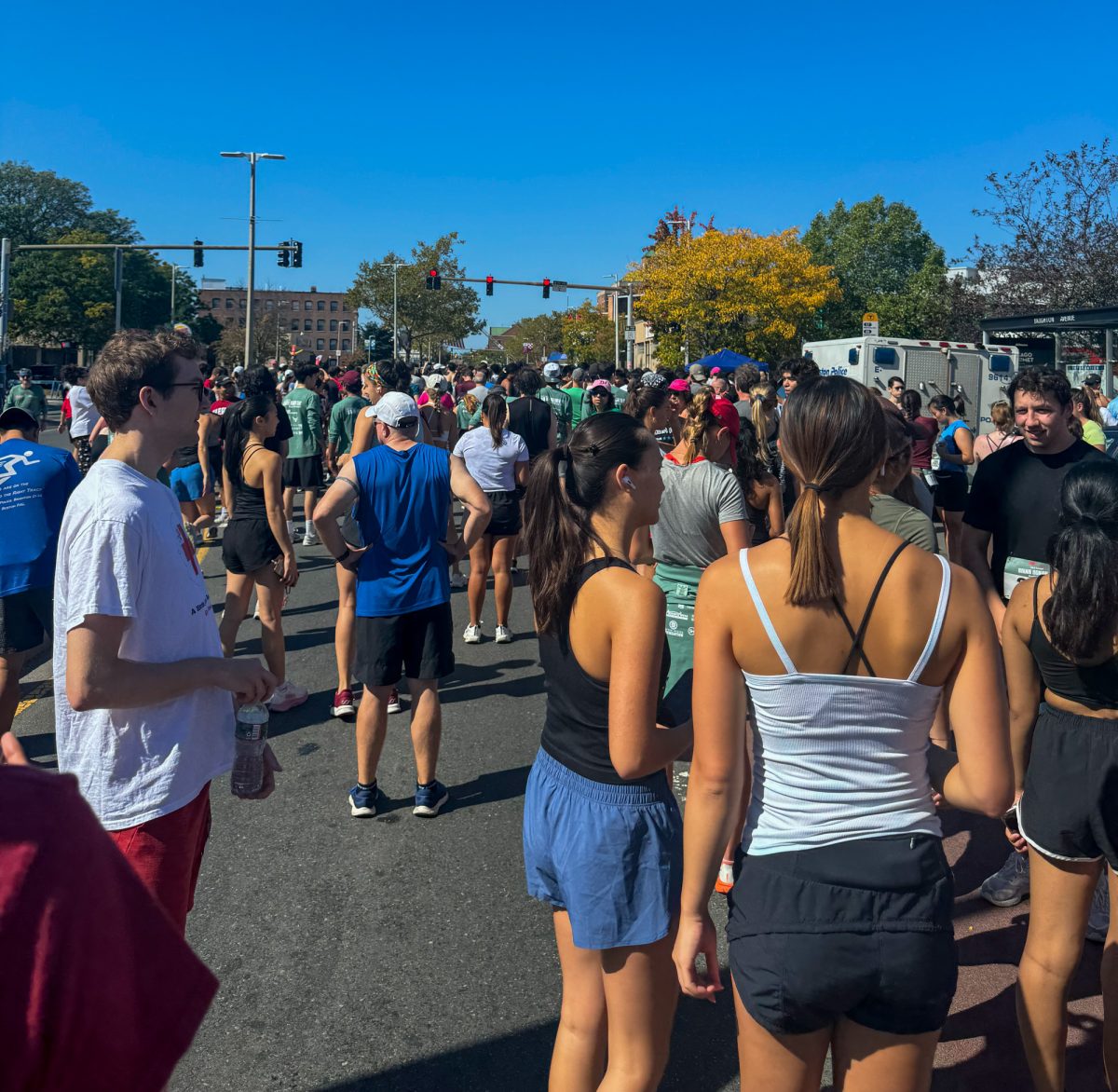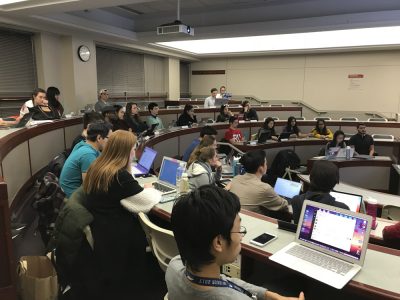
Boston University’s Student Government discussed the funding of Cabinet events and reviewed the Community Student Fee allocation process at its meeting Monday night.
Executive Vice President Piergiacomo Cacciamani presented the budget for the semester’s remaining Cabinet events to the senators. E-board has reduced the estimated cost of end-of-semester events from $19,259.25 to $15,982.28. This will leave SG’s budget at around $5,000, said Vice President of Finance Bernie Lai.
Sarah Stewart, director of finance for SG, gave the first part of a three-part presentation to outline proposed changes to the Student Allocations Board in conjunction with the Student Activities Office. While senators did not vote, Stewart put forth three proposal options as to how to change the way money is granted to and managed within student groups.
“In the past 15, 10 years, the percentage that has been allocated to those student groups hasn’t been looked at again,” Stewart said, “and the way that the money is used by the groups hasn’t been looked at either.”
Stewart suggested ways in which the allocation and management of funds might be adjusted.
As it stands now, the Allocations Board, led by students, distributes money from the Community Student Fee to campus groups. The total of the student fee is set aside for six to seven campus groups, with a portion automatically set aside for the Allocations Board itself. The fund amounts to $2.1 million.
Currently, student groups are divided into one of three tiers, each with a different membership size. The categories are “Commonwealth,” the largest; “Beacon,” the mid-sized; and “Bay State,” the smallest. This is called the “square road” system. Groups are not allowed to spend their funds on food or transportation, and Bay State groups are not allowed to request funding.
The first option presented by Stewart would leave the system mostly unchanged, with funding caps placed on all categories. The second option is to cap each category at a certain budget and allow each group to do what they will with funds.
Option three merges the other two, with an extra sum of money set aside for late requests. While groups would be able to use their budget on food and transportation, less money overall would be given to students.
Senate Chair Octavio Vidal said he is glad SAO and SG have been able to collaborate.
“We’re really going to get the best-case scenario,” Vidal said. “We really want to see more of these collaborations, because I feel like these are the ones that will really work.”
Lai said she is happy SAO consulted SG for advice before changes are made.
“I’m excited that SG is getting a little more responsibility and will be able to come up with an option — whether it be going through [the three] options or coming up with one ourselves — that most people are relatively content with,” Lai said.
Alexandra Chan, a sophomore senator from the School of Hospitality Administration, said the first option could be problematic when student groups want to change their events.
“Are they going to have to go to some type of board, or [is SAO] going to have to reorganize the whole categorization?” she asked.
Chan added she favored option two, because it would allow student groups to allocate money for anything they want.
Jahnavi Bhatia, a senator from the College of Arts and Sciences, said she thinks someone from the Allocations Board should address the Senate directly about the proposed changes.
“A lot of this could be accomplished just by making small changes to AB policy instead of drastic measures,” she said.
Antara Jaima, a senator in the Sargent College of Health and Rehabilitation Sciences, said she thinks SG needs more time to consider its options.
“There was a lot of discussion, but not the kind of the discussion that would clarify the pros and cons of each of the options,” Jaima said. “The thing is I would like to have some input. If we don’t like any of the three options, I’d like there to be input for that as well.”
Shaun Robinson contributed to the reporting for this article.


